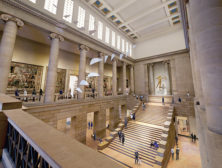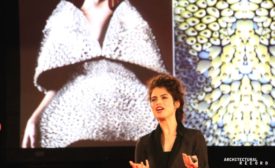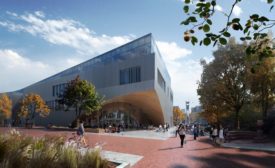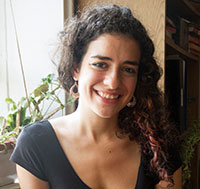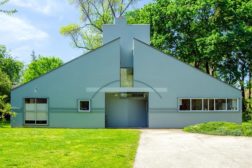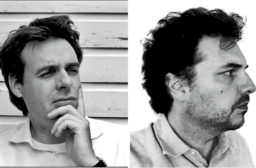Home » Philadelphia
Articles Tagged with ''Philadelphia''
Biophilia, Cinephilia, and Memorabilia Converge on Day Two of 2016 AIA Convention, Philadelphia
Keynote speaker Neri Oxman presented a fantastic architectural future, while the AIA launched a film contest and plans for special-edition bullion coin
Read More
Actor Julia Louis-Dreyfus Delivers Keynote Talk at 2016 AIA Convention
On working with Jerry Seinfeld, “It felt like inmates running the asylum.”
Read More
Snøhetta Designs New Library for Temple University in Philadelphia
Stacks will be kept to a minimum in this social and academic hub, opening in 2018.
Read More
Krishna P. Singh Center for Nanotechnology
The Art of Science: A new center for the study of nanotechnology merges landscape with building, and sculpture with architecture, reshaping a formerly bleak part of the University of Pennsylvania campus.
Read More
Golkin Hall, Penn Law School
Legal Threshold: Kennedy & Violich lighten up traditional materials in a new building for the University of Pennsylvania's law school.
Read More
The Modules
Out of the Box: The Modules, a student housing development by Interface Studio Architects, flaunts its construction method as it makes a case for well-designed prefab.
Read More
The Barnes Foundation
After a tempest over its relocation, an acclaimed art collection settles into its spacious new home.
Read More
Copyright ©2024. All Rights Reserved BNP Media.
Design, CMS, Hosting & Web Development :: ePublishing
